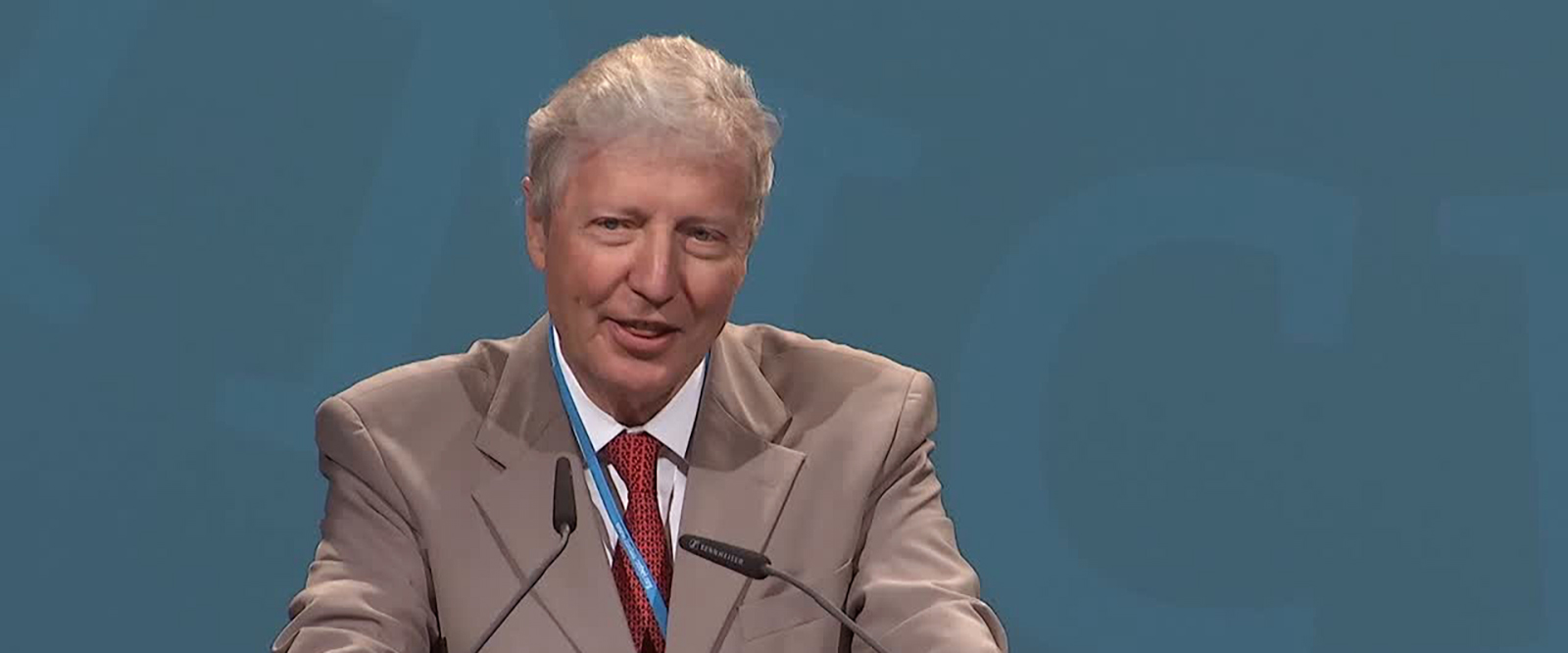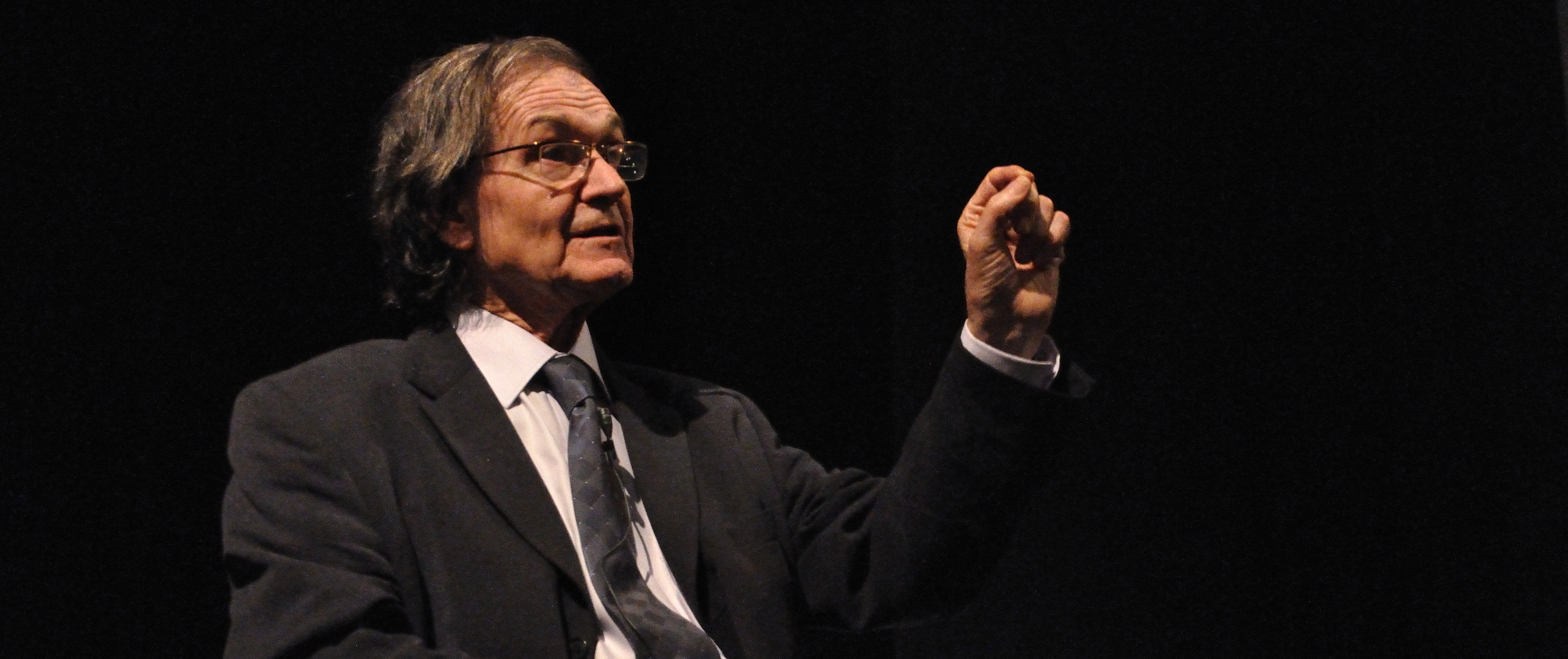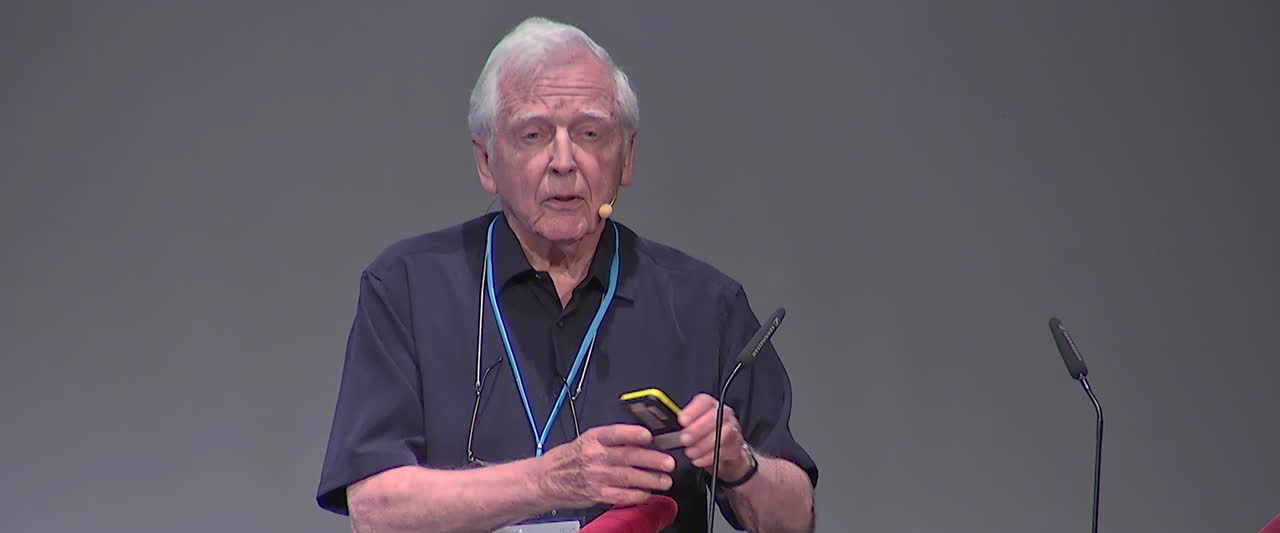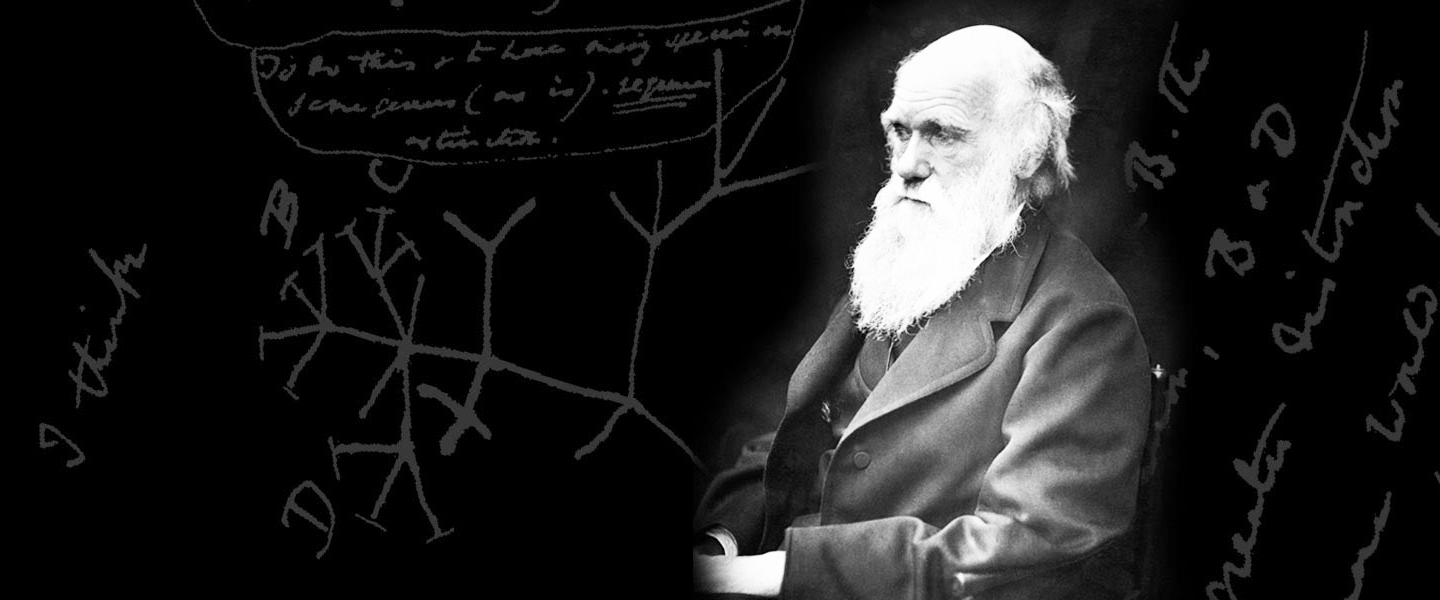11th April 2019.
Barbara Ensoli, Istituto Superiore di Sanità, Rome
On the 11th of April 2019 Barbara Ensoli, of the Istituto Superiore di Sanità, will give a seminar entitled Vaccines: The Hiv-1 Tat Vaccine at 10.30 am in Lecture Theatre 7 of Polo didattico di Ingegneria. In her talk B Ensoli will review the history and challenges of Hiv-1 vaccine research and will focus on her own work on the development of a therapeutic vaccine targeting Hiv-1 Tat. The poster of the lecture can be downloaded here. All College students are warmly invited to participate.
Abstract
Although antiretroviral therapy (ART) has radically changed the quality and expectancy of life of HIV-infected individuals, it is unable to fully restore the immune system and is ineffective on the viral reservoirs. Moreover, even under fully successful therapy, viral gene products are still produced. As a result, chronic inflammation and immune dysregulation persist, leading to a much higher risk of co-morbidities and death as compared to the general population, particularly in patients starting ART with very low CD4+ T-cell counts or poorly compliant to therapy. Furthermore, cumulative effects of drug toxicity cannot be mitigated through structured drug-free periods, in fact, virus rebound occurs within few weeks upon therapy interruption owing to persistency of viral reservoirs during ART. There is, therefore, a great need of novel HIV/AIDS treatments to offset ART shortfalls and to intensify treatment outcomes. A therapeutic HIV vaccine, in conjunction with existing strategies, may represent a relevant, cost-effective contribution to increase ART effectiveness by i) attaining a faster/more effective response to therapy (ART intensification), ii) mitigating the effect of poor adherence to ART, and by iii) reducing virus reservoirs. Targeting Tat represents a pathogenetic intervention against a viral product that plays major roles in virus replication, reactivation and immune dysregulation. In fact, Tat is produced very early upon infection, is released extracellularly and accumulates in tissues where it exerts effects on both the virus and the immune system making it an optimal candidate for therapeutic immunization and ART intensification. In particular, extracellular Tat activates virus and cellular gene expression and replication, contributing to disease maintenance under ART (1). Furthermore, Tat is key for virus reservoirs maintenance. In fact, by binding Env spikes on virus particles, Tat, which is produced also under ART, shields Env from neutralizing antibodies (Abs), while favouring integrin-mediated virus entry and infection of dendritic cells (DC) and T cells, key virus reservoirs. Notably anti-Tat Abs, which are infrequently produced upon natural infection, restore HIV neutralization (2). Intriguingly, epidemiological evidence indicates that the presence of naturally occurring anti-Tat Abs correlates with no or slow progression to disease (3, 4). Based on this evidence, preclinical studies in small animals and nonhuman primates were conducted, showing that the Tat protein, adjuvanted or given alone, is safe, immunogenic and effective at protecting from overt infection or disease progression macaques upon experimental infection with a pathogenic SHIV, a Simian Immunodeficiency Virus (SIV) carrying HIV-1 Tat (5, 6). Then, after approval for human use by the regulatory agencies, the Tat vaccine moved forward to clinical testing. After the successful completion of randomized, placebo-controlled, phase I trials with the biologically active HIV-1 Tat protein (7-9), an “exploratory” multicenter, randomized, open label phase II therapeutic trial was conducted in Italy in 168 anti-Tat Ab negative, virologically suppressed ART-treated patients (ISS T-002, Clinicaltrials.gov NCT00751595) to evaluate the immunogenicity (primary endpoint) and safety (secondary endpoint) of two Tat protein doses (7.5 or 30 µg) administered intradermally 3 times (3x) or 5x, one month apart (10, 11). All four vaccine regimens were safe and well-tolerated, and induced anti-Tat Abs in most patients (79%), with the highest frequency, titers, breath and durability in the Tat 30 μg groups (89% responders), particularly when given 3 times (92% responders). Most importantly, Tat immunization promoted a durable and significant increase of T, B, natural killer (NK) cells, CD4+ and CD8+ central memory subsets and of adaptive T-cell responses, with a decrease of immune activation and effector memory T-cell subsets. Moreover, a significant increase of NK cells and CD38+HLA-DR+CD8+ T cells, a phenotype associated with increased killing activity in elite controllers, was observed in the 30 μg, 3x group. Of note, therapeutic effects were greater in immune-compromised individuals. Finally, a reduction of proviral DNA was seen after week 72, particularly under HIV protease inhibitors (PI)-based regimens and with Tat 30 μg given 3 times (30 μg, 3x). This decay was significantly associated with anti-Tat Ab titers and neutralization of Tat-mediated entry of oligomeric Env in DC, which predicted at 48 weeks the significant HIV-1 DNA reduction observed since year 3 post-vaccination. None of these changes were observed in subjects on effective cART enrolled in a parallel observational study (ISS OBS T-002) used as reference control group (ClinicalTrials.gov NCT01024556). A randomized, double-blind, placebo-controlled phase II clinical trial conducted in South Africa confirmed the previous phase II exploratory study conducted in Italy in terms of safety, and induction of durable, high titers anti-Tat Abs of different classes capable of cross-clade recognition and neutralization (12). The study results also confirmed the significant increases of CD4+ T cells, above cART therapeutic levels, particularly in subjects with low CD4+ T-cell counts at baseline (low immunological responders), while proviral DNA is currently under analysis in a follow-up study. The ISS T-002 clinical trial in Italy was completed at 48 weeks; however, at study closure follow-up data were available up to 96 weeks for 76 volunteers, and up to 144 weeks for 45 volunteers. To further extend the follow-up, an observational study (ISS T-002 EF-UP, ClinicalTrials.gov NCT02118168) was conducted in 92 volunteers to evaluate the persistence of anti-Tat immune response and to monitor immunological and virological parameters, including CD4+ T-cell counts and HIV proviral DNA load in vaccinees (13). The results of the 8-year extended follow-up study confirms the durability of specific humoral responses, which were still detectable after 8 years in about 50% of the vaccinees in the Tat 30 µg regimens, and shows a long-lasting (up to 8 years) stabilization of CD4+ T-cell increases, with a net average gain of about 100 cells/μL. Of note, CD4+ T-cell count restoration occurred even in subjects with a CD4+ T-cell nadir ≤250 cells/µL and even in poor immunological responders to ART (i.e. <500 CD4+ T-cells/µL at baseline), who are known to experience disease progression and comorbidities.
A striking finding of this study is represented by the continued HIV DNA decay that, in vaccinees of the 30 μg 3x regimen, was reduced by 90% after 8 years from vaccination. This, in fact, conflicts with the known stabilization after about 4 years of ART of HIV DNA into a residual, steady reservoir core, as also observed by us in the reference control group of our trial. Notably, the rate kinetics of HIV DNA decay in Tat vaccinees appeared to be generally much faster (3 years) as compared to patients on effective ART for comparable period of times (7-19 years). These data suggest that Tat immunization accelerates latent HIV reservoir decay in ART-treated patients. The Tat vaccinees also experienced an increase of the CD4+/CD8+ T-cell ratio, an important marker of immune reconstitution in virologically suppressed ART-treated patients reported to correlate inversely with the size of virus reservoir. In their whole, these data suggest that anti-Tat immune responses can compensate for ART shortfalls and promote return to immune homeostasis, which likely contributes to restoration of effective antiviral responses that, together with anti-Tat immunity, are capable of attacking ART-resistant virus reservoirs. Thus, Tat immunization represents a promising pathogenesis-driven intervention to intensify ART efficacy while renewing perspectives for a functional cure. Future therapy interruption studies will provide proof-of-concept that Tat vaccine recipients may be able to stay off therapy safely for periods of time to be determined in ad hoc trials in Italy. At the same time phase III studies have been planned in South Africa for vaccine registration in patients just initiated to therapy as well as in poor immunological responders therapy.
Biography
Barbara Ensoli is Director of the National HIV/AIDS Research Center, Istituto Superiore di Sanità, Rome, Italy She graduated in Medicine and Surgery and specialized in Clinical Immunology and Allergy at the University of Rome La Sapienza, Italy. She then spent more than 10 years at the National Institute of Health (Bethesda, Maryland, USA), working at the National Cancer Institute. During those years she elucidated the role of the HIV-1 Tat protein in HIV pathogenesis and AIDS-associated tumors. Her current research interests are HIV pathogenesis and the development of HIV/AIDS preventative and therapeutic vaccines, which are currently in advanced clinical phase. She has coordinated several international and national research programs in Europe and Developing countries. Among them, the EU-funded "AIDS Vaccine Integrated Project" (AVIP) and the “Program to support the Ministry of Health of South Africa in the implementation of a national program of global response to HIV & AIDS” (Italian Ministry of Foreign Affairs). She is a member of the European Molecular Biology Organisation (EMBO) and of the Editorial Board of the Health Status Report. She has been member of the WHO-UNAIDS Vaccine Advisory Committee, Vice-President of the National AIDS Committee of the Italian Ministry of Health (2006-2015) and of the ERC Scientific Council (2013-2016). She has received many national and international awards and authored more than 340 publications in peer-reviewed journals. She is named as an inventor in 7 patents.
Reference
[01]. Cafaro, A., Sgadari, C., Picconi, O., Tripiciano, A., Moretti, S., Francavilla, V., et al. (2017). "cART intensification by the HIV-1 Tat B clade vaccine: progress to phase III efficacy studies". Expert Review of Vaccines, 1–12. http://doi.org/10.1080/14760584.2018.1418666
[02]. Monini, P., Cafaro, A., Srivastava, I. K., Moretti, S., Sharma, V. A., Andreini, C., et al. (2012). HIV-1 Tat Promotes Integrin-Mediated HIV Transmission to Dendritic Cells by Binding Env Spikes and Competes Neutralization by Anti-HIV Antibodies. PLoS ONE, 7(11), e48781. http://doi.org/10.1371/journal.pone.0048781
[03]. Rezza, G., Fiorelli, V., Dorrucci, M., Ciccozzi, M., Tripiciano, A., Scoglio, A., et al. (2005). The presence of anti-Tat antibodies is predictive of long-term nonprogression to AIDS or severe immunodeficiency: findings in a cohort of HIV-1 seroconverters. The Journal of Infectious Diseases, 191(8), 1321–1324. http://doi.org/10.1086/428909
[04]. Bellino, S., Tripiciano, A., Picconi, O., Francavilla, V., Longo, O., Sgadari, C., et al. (2014). The presence of anti-Tat antibodies in HIV-infected individuals is associated with containment of CD4+ T-cell decay and viral load, and with delay of disease progression: results of a 3-year cohort study. Retrovirology, 11, 49. http://doi.org/10.1186/1742-4690-11-49
[05]. Cafaro, A., Caputo, A., Fracasso, C., Maggiorella, M. T., Goletti, D., Baroncelli, S., et al. (1999). Control of SHIV-89.6P-infection of cynomolgus monkeys by HIV-1 Tat protein vaccine. Nature Medicine, 5(6), 643–650. http://doi.org/10.1038/9488
[06]. Cafaro, A., Bellino, S., Titti, F., Maggiorella, M. T., Sernicola, L., Wiseman, R. W., et al. (2010). Impact of viral dose and major histocompatibility complex class IB haplotype on viral outcome in mauritian cynomolgus monkeys vaccinated with Tat upon challenge with simian/human immunodeficiency virus SHIV89.6P. Journal of Virology, 84(17), 8953–8958. http://doi.org/10.1128/JVI.00377-10
[07]. Ensoli, B., Fiorelli, V., Ensoli, F., Lazzarin, A., Visintini, R., Narciso, P., et al. (2008). The therapeutic phase I trial of the recombinant native HIV-1 Tat protein. AIDS (London, England), 22(16), 2207–2209. http://doi.org/10.1097/QAD.0b013e32831392d4
[08]. Longo, O., Tripiciano, A., Fiorelli, V., Bellino, S., Scoglio, A., Collacchi, B., et al. (2009). Phase I therapeutic trial of the HIV-1 Tat protein and long term follow-up. Vaccine, 27(25-26), 3306–3312. http://doi.org/10.1016/j.vaccine.2009.01.090
[09]. Ensoli, B., Fiorelli, V., Ensoli, F., Lazzarin, A., Visintini, R., Narciso, P., et al. (2009). The preventive phase I trial with the HIV-1 Tat-based vaccine. Vaccine, 28(2), 371–378. http://doi.org/10.1016/j.vaccine.2009.10.038
[10]. Ensoli, B., Bellino, S., Tripiciano, A., Longo, O., Francavilla, V., Marcotullio, S., et al. (2010). Therapeutic immunization with HIV-1 Tat reduces immune activation and loss of regulatory T-cells and improves immune function in subjects on HAART. PLoS ONE, 5(11), e13540. http://doi.org/10.1371/journal.pone.0013540
[11]. Ensoli, F., Cafaro, A., Casabianca, A., Tripiciano, A., Bellino, S., Longo, O., et al. (2015). HIV-1 Tat immunization restores immune homeostasis and attacks the HAART-resistant blood HIV DNA: results of a randomized phase II exploratory clinical trial. Retrovirology, 12, 33. http://doi.org/DOI 10.1186/s12977-015-0151-y
[12]. Ensoli, B., Nchabeleng, M., Ensoli, F., Tripiciano, A., Bellino, S., Picconi, O., et al. (2016). HIV-Tat immunization induces cross-clade neutralizing antibodies and CD4+ T cell increases in antiretroviral-treated South African volunteers: a randomized phase II clinical trial. Retrovirology, 13(1), 1250. http://doi.org/10.1186/s12977-016-0261-1
[13]. Sgadari, C., Monini, P., Tripiciano, A., Picconi, O., Casabianca, A., Orlandi, C., et al. (2019). Continued Decay of HIV Proviral DNA Upon Vaccination With HIV-1 Tat of Subjects on Long-Term ART: An 8-Year Follow-Up Study. Frontiers in Immunology, 10, 233. http://doi.org/10.3389/fimmu.2019.00233












